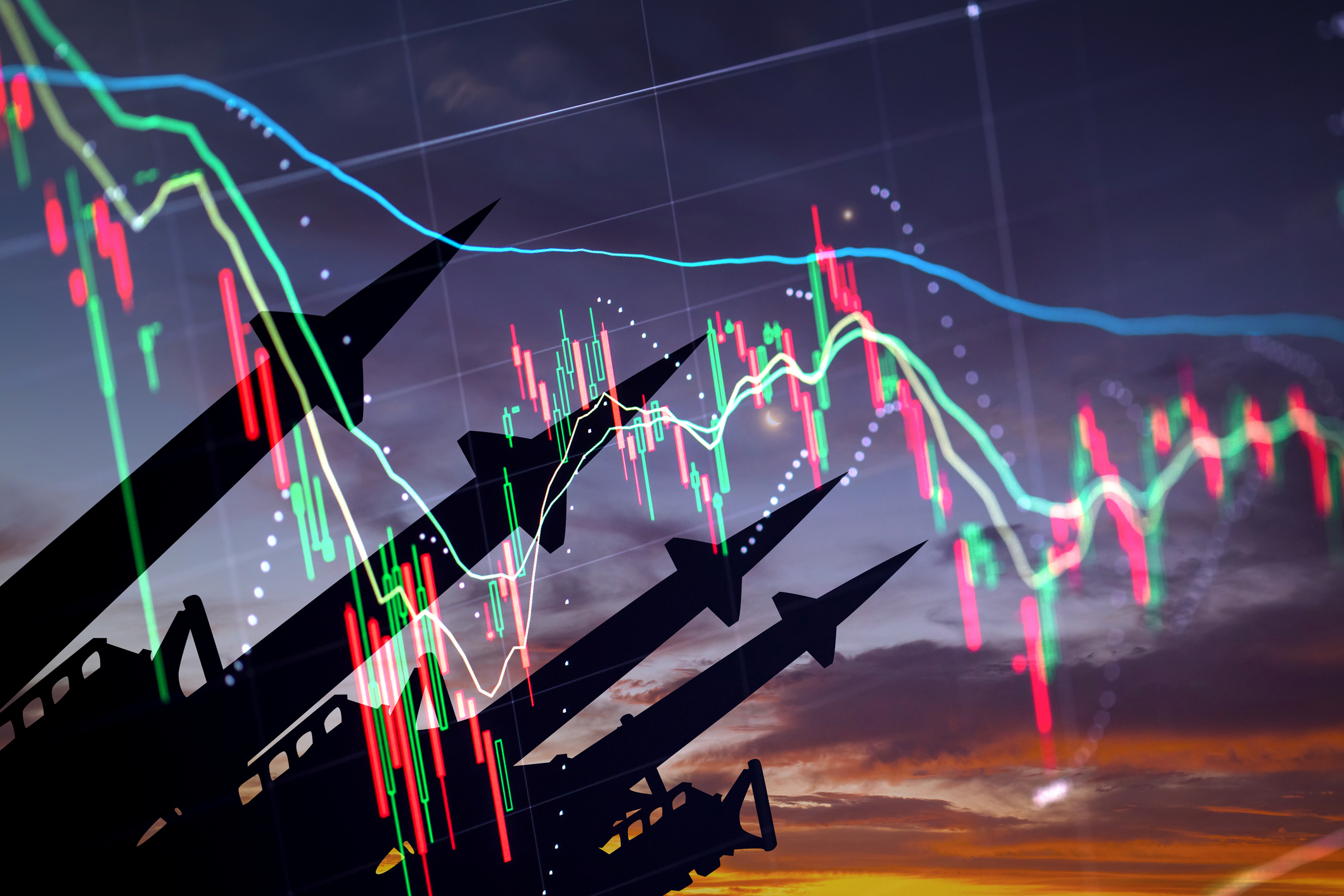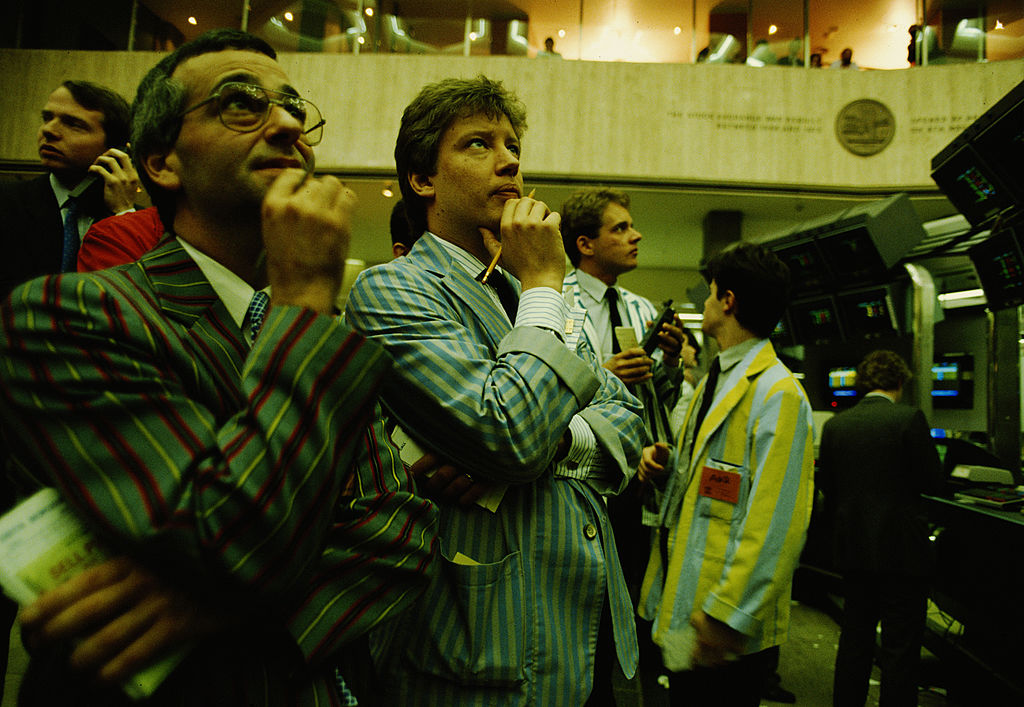Two funds to extract big value from big oil
Two high-quality funds from Guinness offer very different ways to invest in the energy industry – and one looks exceptionally cheap now.

In the late 1990s when both the oil price and oil shares were languishing, Tim Guinness, then co-CEO of Guinness Flight, was under pressure from colleagues to close their energy fund, which had barely £1m of assets. He resisted, arguing that the sector would recover and he rather fancied running the fund himself, which he did.
Guinness Flight was sold to Investec some years later but Guinness continued to manage the fund, producing great performance and taking assets to over £2bn. In the meantime, he had set up his own investment management company, so when Investec took over the management of what was now its energy fund in 2008, Guinness started his own, the Guinness Global Energy Fund. The previous year, he had launched one of the first alternative energy funds, now Guinness Sustainable Energy fund.
Clearly, Guinness is a shrewd judge of the sector and he maintains a close eye on the two funds, co-managed by Jonathan Waghorn and Will Riley. Global Energy now has $236m of assets, but despite returning 45% in sterling in the year to the end of November (4% ahead of its benchmark index), it has lost 6% annualised over five years, 4% behind the benchmark.
MoneyWeek
Subscribe to MoneyWeek today and get your first six magazine issues absolutely FREE

Sign up to Money Morning
Don't miss the latest investment and personal finances news, market analysis, plus money-saving tips with our free twice-daily newsletter
Don't miss the latest investment and personal finances news, market analysis, plus money-saving tips with our free twice-daily newsletter
Sustainable Energy, with nearly $1bn of assets, returned 10.4% in 2021 and an annualised 24.7% over five, 9.7% ahead of the MSCI World index. Performance has been especially strong, up by 165% since a relaunch in December 2018. It focuses on seven themes, allocations to which vary over time but were between 4% and 25% at the end of 2021: electrification of the energy mix, electric vehicles & vehicle efficiency, battery manufacture, expansion of wind generation, expansion of solar generation, heating, lighting & power efficiency and geothermal & biomass.
The largest holding, at 5%, is US power generator NextEra Energy, followed by Chinese semiconductor manufacturer ON and French energy management & automation company Schneider. Waghorn points out that the share of renewable energy in 2020 electricity capacity expansion was 82% and that it accounted for 36.6% of total generating capacity. Electric vehicles only accounted for 7.6% of global vehicle sales in 2021, but are expected to reach 50% in 2030. He describes the achievements of COP26 as “better than feared, but not as good as hoped for”.
Oil demand is recovering
Integrated oil and gas majors – firms that span the entire value chain of the industry, such as Exxon, Shell and Total – make up 42% of the Global Energy fund. Another 7% is in integrated firms from emerging markets. Exploration & production firms account for 32%, while 12% is in equipment & services and refining & marketing, and the remaining 7% in other niches.
Waghorn notes that global oil demand will surpass its pre-pandemic peak this year. Despite the rise of liquefied natural gas (LNG), gas prices vary by region. In the US, demand in 2021 was already 3.5% above its pre-pandemic peak, but prices relative to oil are 33% below average. Gas prices in Europe and Asia are a multiple of those in the US.
Despite this, drilling activity remains depressed. Opec’s rig count has recovered from its end-2020 low, but remains a third below the 2016-2019 average. The US rig count is also rising, implying greater supply of oil and gas, but the recovery lags previous cycles. With governments in the UK and Europe very reluctant to allow drilling, it’s not surprising that the Russians don’t see why they should either. The oil and gas price in the UK will stay high, if not rise further, until either demand tails off or supply increases, which will require a humiliating political U-turn.
Big oil looks cheap
Which of the two funds is the better investment? Sustainable energy has been all the rage in recent years, but Waghorn estimates annualised earnings growth of 13.5% for 2021-2023 against a portfolio valuation of 24 times 2022 earnings. The less popular Global Energy Fund is valued at just 7.6 times 2022 earnings and was on a roll in the last year. Waghorn estimates earnings growth in single digits, but that forecast looks too cautious. This is surely the fund to buy now, especially while so many professional investors remain in denial about the phoenix-like recovery of traditional energy companies. But don’t forget the Sustainable Energy fund for the future.
Get the latest financial news, insights and expert analysis from our award-winning MoneyWeek team, to help you understand what really matters when it comes to your finances.

Max has an Economics degree from the University of Cambridge and is a chartered accountant. He worked at Investec Asset Management for 12 years, managing multi-asset funds investing in internally and externally managed funds, including investment trusts. This included a fund of investment trusts which grew to £120m+. Max has managed ten investment trusts (winning many awards) and sat on the boards of three trusts – two directorships are still active.
After 39 years in financial services, including 30 as a professional fund manager, Max took semi-retirement in 2017. Max has been a MoneyWeek columnist since 2016 writing about investment funds and more generally on markets online, plus occasional opinion pieces. He also writes for the Investment Trust Handbook each year and has contributed to The Daily Telegraph and other publications. See here for details of current investments held by Max.
-
 300,000 remote workers to miss out on working from home tax relief
300,000 remote workers to miss out on working from home tax reliefThousands of workers forced to work from home will no longer benefit from the working from home tax relief next year. How will it affect you?
-
 How to tap into AI energy stocks
How to tap into AI energy stocksOne certainty about generative AI is that it is hugely energy-intensive. Companies providing that power look set to capture the benefits.
-
 Big Short investor Michael Burry closes hedge fund Scion Capital
Big Short investor Michael Burry closes hedge fund Scion CapitalProfile Michael Burry rightly bet against the US mortgage market before the 2008 crisis. Now he is worried about the AI boom
-
 The global defence boom has moved beyond Europe – here’s how to profit
The global defence boom has moved beyond Europe – here’s how to profitOpinion Tom Bailey, head of research for the Future of Defence Indo-Pac ex-China UCITS ETF, picks three defence stocks where he'd put his money
-
 Profit from a return to the office with Workspace
Profit from a return to the office with WorkspaceWorkspace is an unloved play on the real estate investment trust sector as demand for flexible office space rises
-
 New frontiers: the future of cybersecurity and how to invest
New frontiers: the future of cybersecurity and how to investMatthew Partridge reviews the key trends in the cybersecurity sector and how to profit
-
 An “existential crisis” for investment trusts? We’ve heard it all before in the 70s
An “existential crisis” for investment trusts? We’ve heard it all before in the 70sOpinion Those fearing for the future of investment trusts should remember what happened 50 years ago, says Max King
-
 8 of the best properties for sale with wildlife ponds
8 of the best properties for sale with wildlife pondsThe best properties for sale with wildlife ponds – from a 16th-century house in the Ashdown Forest, to a property on Pembrokeshire’s Preseli Hills
-
 Why a copper crunch is looming
Why a copper crunch is loomingMiners are not investing in new copper supply despite rising demand from electrification of the economy, says Cris Sholto Heaton
-
 Where to look for Christmas gifts for collectors
Where to look for Christmas gifts for collectors“Buy now” marketplaces are rich hunting grounds when it comes to buying Christmas gifts for collectors, says Chris Carter
